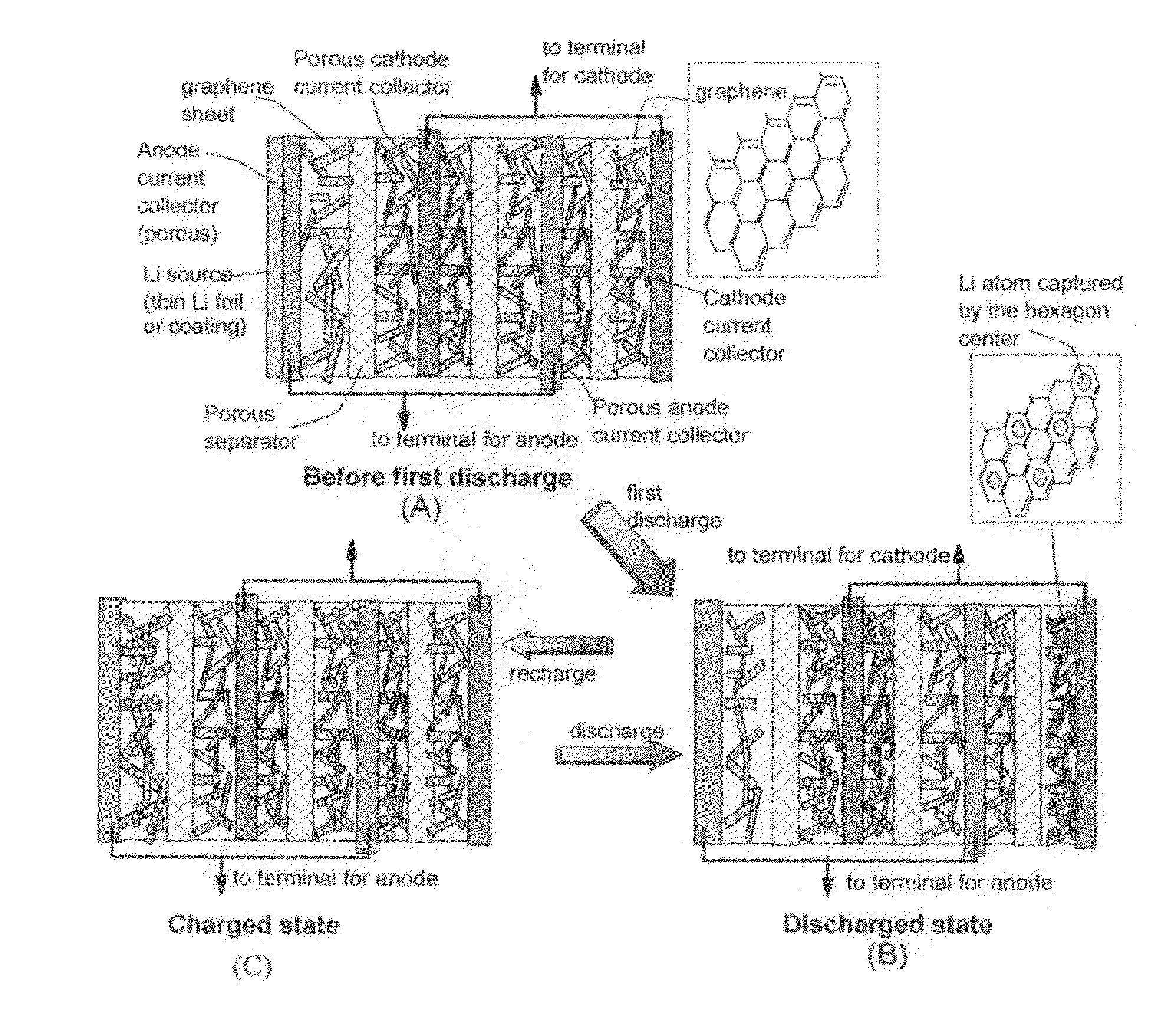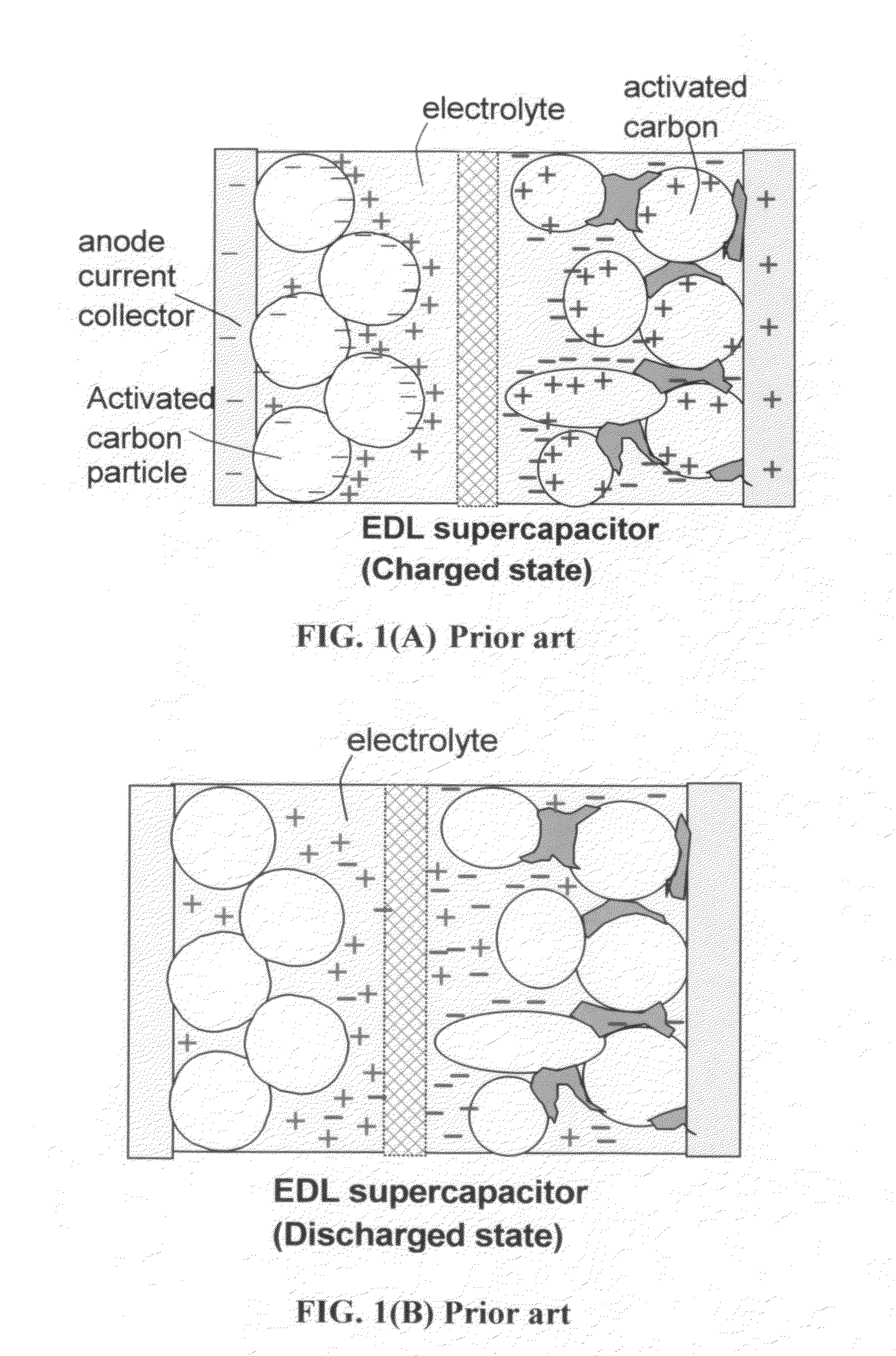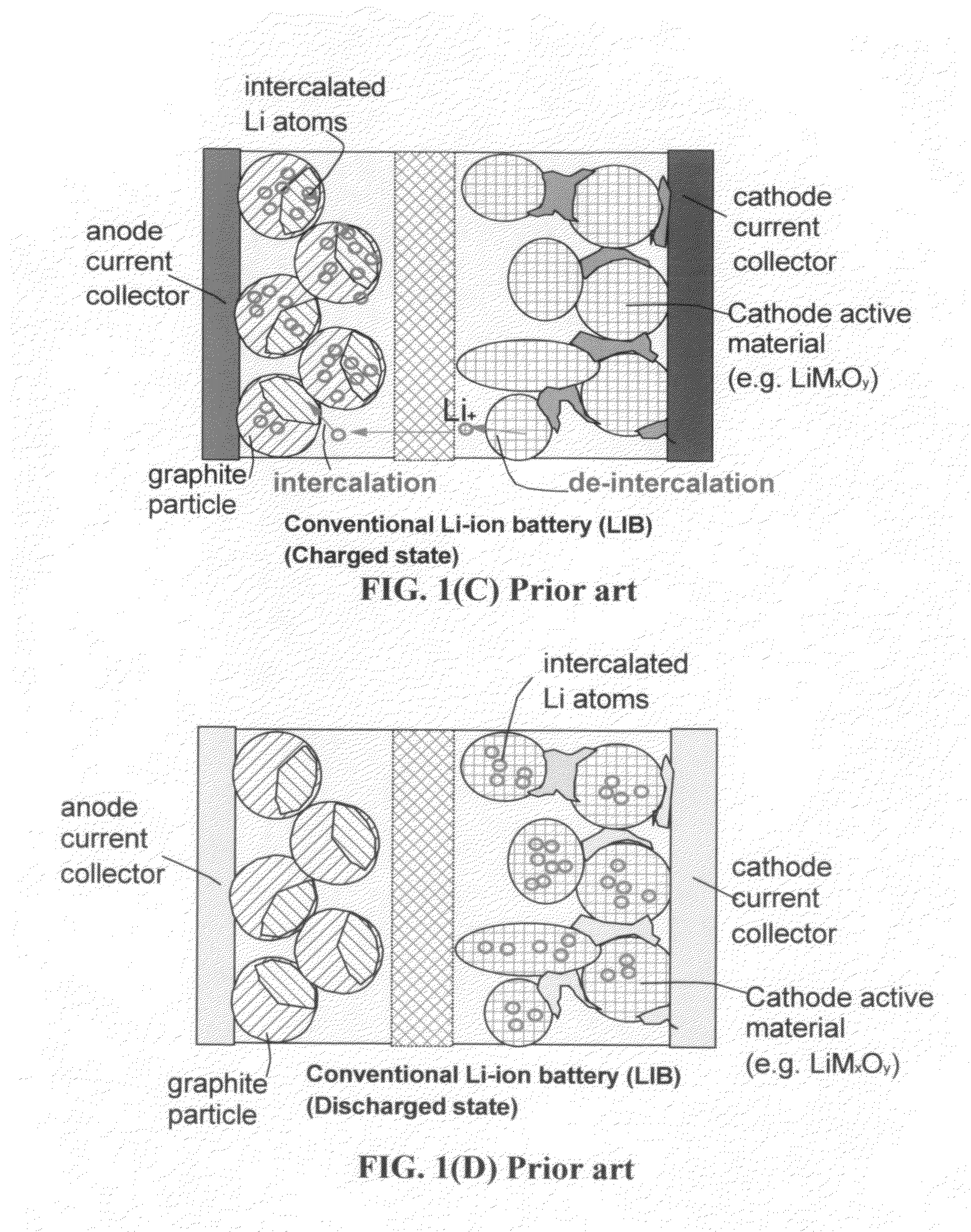Surface-mediated cell-driven power tools and methods of operating same
a surface-mediated cell and power tool technology, applied in the direction of primary cell maintenance/service, sustainable manufacturing/processing, batteries, etc., can solve the problems of huge voltage ripple of the battery pack, unsatisfactory for most batteries, and fluctuation of the load current drawn by the power tool, etc., to achieve fast discharging of the smc stack, high power density, and process very fast
- Summary
- Abstract
- Description
- Claims
- Application Information
AI Technical Summary
Benefits of technology
Problems solved by technology
Method used
Image
Examples
example
[0137]In order to evaluate the effectiveness of SMC-driven power tools, we have conducted an extensive and in-depth investigation. As one example, we purchased three NiCd batteries (each rated at 18 volts, 2000 mAh, 36 Wh, and rechargeable up to 1500 times) for a DeWalt DC212KA cordless hammer drill. One of the 3 batteries is for powering the drill alone, one for working with a stack of supercapacitor cells (connected in parallel with the supercapacitor stack), and one for working with a SMC stack. We constructed two stacks of SMC (each of 5 cells connected in series to provide a voltage rating of 18 volts), one to work alone (36 Wh) and the other (12 Wh) to work with one of the NiCd batteries for powering the drill. Thus, we had four power sources for driving the same type of drill: a NiCd battery alone, a NiCd-supercapacitor pair, a NiCd-SMC pair, and a SMC stack alone.
[0138]The drilling tool puts demands on the battery for high peak loads experienced during the onset of drilling....
PUM
 Login to View More
Login to View More Abstract
Description
Claims
Application Information
 Login to View More
Login to View More - R&D
- Intellectual Property
- Life Sciences
- Materials
- Tech Scout
- Unparalleled Data Quality
- Higher Quality Content
- 60% Fewer Hallucinations
Browse by: Latest US Patents, China's latest patents, Technical Efficacy Thesaurus, Application Domain, Technology Topic, Popular Technical Reports.
© 2025 PatSnap. All rights reserved.Legal|Privacy policy|Modern Slavery Act Transparency Statement|Sitemap|About US| Contact US: help@patsnap.com



